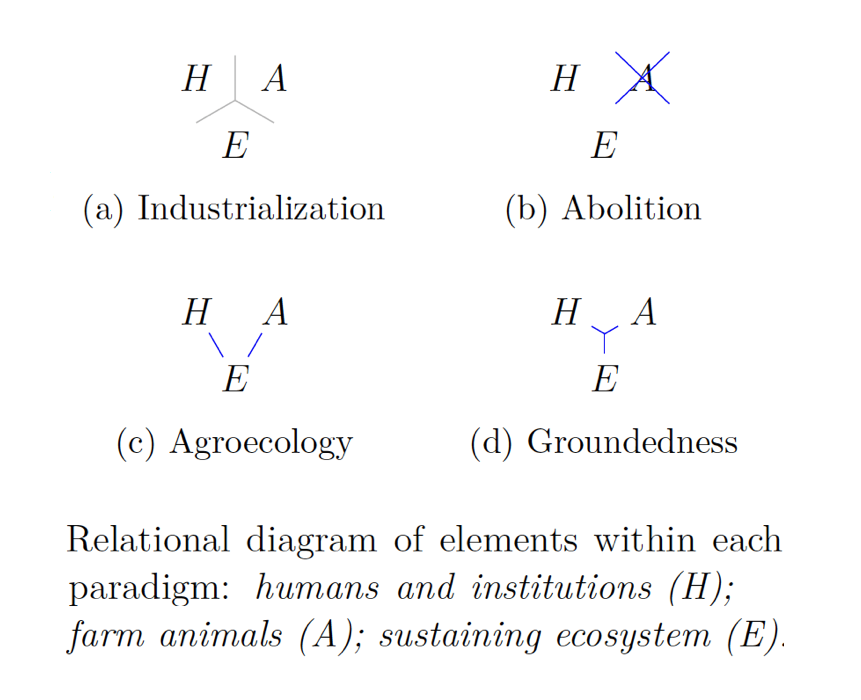Research
Publications
-
Palandri, C., P. Concha Larrauri, A. Gelman, M.J. Puma, and U. Lall (2025). “A Multilevel Bayesian Approach to Climate-Fueled Migration and Conflict.” Scientific Reports 15, 41268.
Do climate conditions and extreme events fuel conflict and migration? This question has been widely studied using causal designs that exploit natural variation in climate variables, often analyzed with linear fixed-effects models. Yet in this setting, nonlinear relationships, distributional features of outcomes, and spatial heterogeneity can cause these models to violate core assumptions and yield unreliable inferences. We propose a multilevel Bayesian framework that accommodates such features while retaining identification strategies from natural experiments. We illustrate its potential with a representative analysis from the literature of the effect of temperature anomalies on conflict in Somalia. When outcome distributions suited to event counts are combined with partial pooling across regions, the apparent aggregate climate effect disappears and marked regional heterogeneity emerges, with positive associations in only a few southern regions and negative or uncertain effects elsewhere. Extending pooling across time further improves predictive ability. More broadly, the multilevel Bayesian framework offers a general strategy for strengthening both explanatory and predictive inferences about climate and social outcomes, supporting internal and external validity while efficiently accommodating heterogeneity even with small samples. This methodological bridge between econometric identification strategies and statistical modeling provides a robust foundation for interdisciplinary climate-conflict-migration research.
-
Palandri, C., E.G. Frank, A. Kimhi, Y. Lavon, E. Ezra, and R. Fishman (2025). “High-Frequency Data Reveal Limits of Adaptation to Heat in Animal Agriculture.” Science Advances 11, eadw4780.
Understanding the impacts of climate change on food systems is a key research priority, but important sectors and the scope for adaptation remain underexplored. Here, we analyze over 320 million daily observations of milk production across 12 years, paired with survey data, to provide estimates of the effect of humid heat and the scope for adaptation. Results indicate that extreme heat reduces milk yield by up to 10%, with effects that persist for more than 10 days. Effects are stronger when cows are at more productive stages, suggesting a productivity-resilience tradeoff. Cooling infrastructure and management adjustments were widely adopted over the preceding two decades, but only partially mitigate these losses, reducing them by less than half. Given the technological advancement and the representation of the climate of key producing countries in our sample, these results suggest that adaptation strategies, even those at the technological frontier, may be insufficient to address climate change damages.
Working papers (manuscripts available upon request)
-
Chronic and Acute Water Contamination from Animal Feeding Operations
Over the past century, U.S. livestock production has shifted from many small farms to fewer, increasingly larger operations. Today, most animals are raised in confined Animal Feeding Operations (AFOs), where manure is stored on-site and eventually applied to fields. This concentration of waste has long raised concerns about pollution, yet credible causal evidence on its impacts remains scarce. I assemble new panel data linking permitted AFOs in Iowa and North Carolina to downstream water monitoring records. I capture the hydrological structure of pollutant transport by delineating station-specific drainage basins and matching water monitoring stations to upstream facilities. The analysis uses two distinct research designs based on each state's empirical setting. In Iowa, I implement a difference-in-differences design exploiting spatio-temporal variation in the number and size of AFOs. In North Carolina, I implement an event-study approach leveraging extreme precipitation shocks at the precise location of the facilities. Across both settings, I find that AFOs significantly degrade surface water quality. Effects are larger for swine facilities, scale with herd size, and are detected from facilities below the current federal permitting threshold. With global livestock production projected to grow and intensify further, and with regulatory changes in some regions moving toward weaker environmental oversight, these findings provide timely evidence on the pollution risks of large-scale operations.
-
Grounding Animal Farming
Animal farming is at a crossroads in industrialized economies, where three frameworks for potential system futures dominate the debate: sustainable intensification, agroecology, and abolition. This paper takes a systems perspective that sheds light on some of the limitations of each approach, and brings together insights from various disciplines to propose a unifying framework.
The argument first defines the boundaries and core components of the system of animal farming, and then identifies how each of the three frameworks addresses the interconnections between these elements. I bring forward key insights from research in agronomy, sociology, and philosophy, which directly address blind spots of each framework, in particular the conditions for sustainable human-animal interactions.
To be sustainable, a framework for animal farming must address the interconnections of the three core components of this socio-ecological system: humans and their institutional structures, farm animals, and land. I articulate one which does: a grounded animal farming system. It recognizes the particular social relationships and the multiple carrying capacities at play as features that distinguish animal farming from other sectors of the economy. I show its parallels with proposed paradigms on how to pursue a larger socio-ecological transition.

Work in progress
- The Economic Disamenities and Health Impacts of Animal Feeding Operations
- Monopoly and Monopsony Power in Meatpacking
- Credit Access and Climate Adaptation in Animal Agriculture
